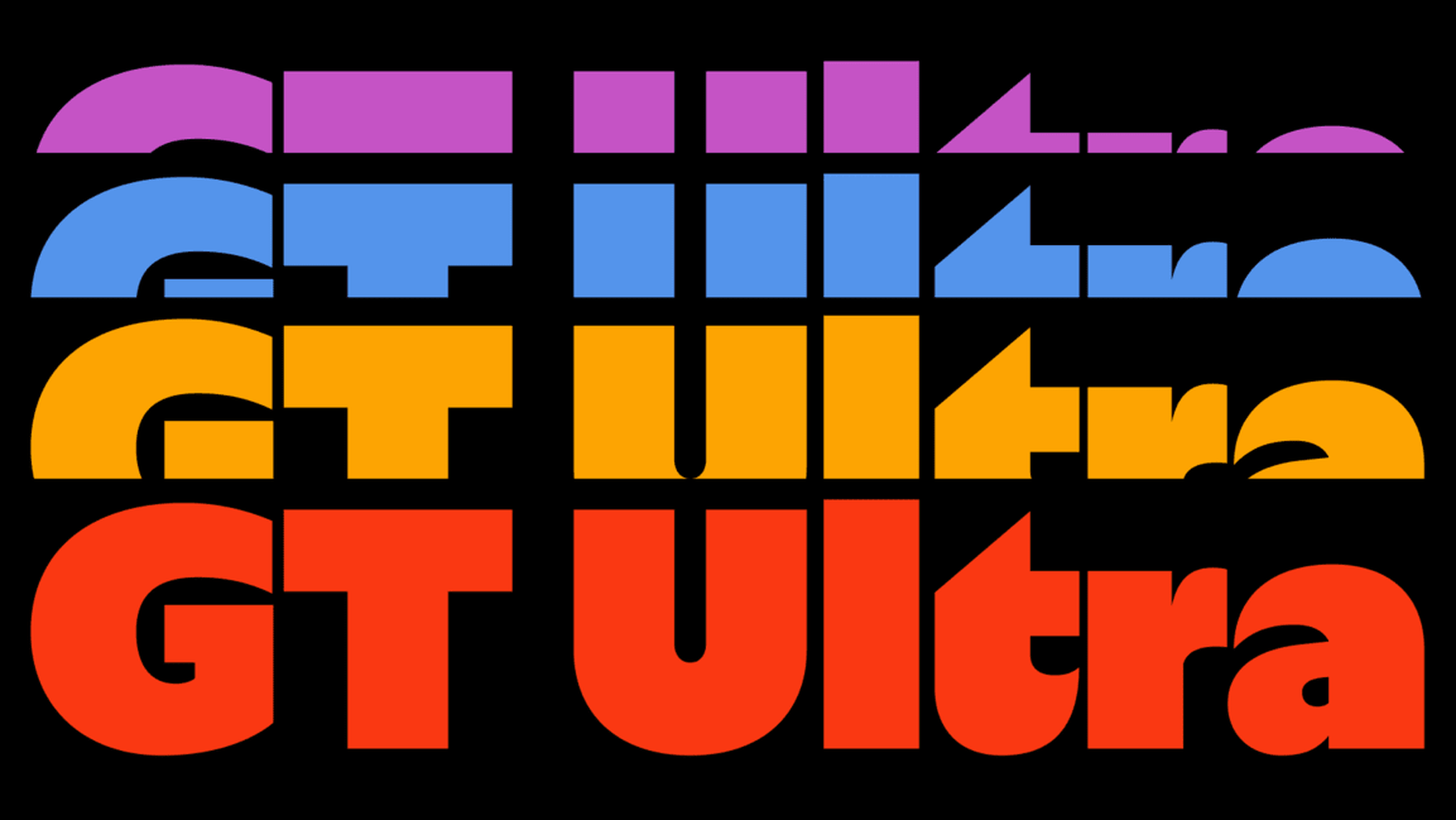Sept ans après l’annonce du lancement de son programme de mobilité électrique, SAP Labs France renforce ses équipes R&D pour répondre au succès grandissant de sa solution de supervision SAP E-Mobility. Le vecteur reste le même : stimuler, soutenir et accompagner l’innovation du Groupe.
Une équipe renforcée au sein du SAP Labs France qui confirme la capacité de SAP à aller au-delà de son cœur de métier
Aux prémices du projet, uniquement deux développeurs de SAP Labs France dans le développement du logiciel open source SAP e-mobility. Aujourd’hui, l’équipe R&D dédiée à cette solution, compte 18 talents en IoT, croisant hardware et software, répartis à Mougins (15) et Caen (3). Une première pour SAP !
Le logiciel SAP E-Mobility permet de combiner et de connecter les bornes de recharges des véhicules électriques à d’autres modules SAP tels que des modules de pricing, d’itinérance, de smart charging, d’ERP, tout en prenant en considération les sources de production et de consommation d’électricité de l’infrastructure. Son développement rapide s’explique entre autres par le soutien du Groupe à travers l’investissement global de deux milliards d’euros. Mais, aussi par l’attrait de son offre qui a séduit rapidement les partenaires et clients de SAP.
Aujourd’hui SAP Labs France propose sa solution aux entreprises de toutes tailles. Par exemples, Proviridis, ChargeX GmbH en Allemagne et Zeplug à Paris. L’objectif est de répondre à la demande de recharge (charge at work /charge at home).
Cette solution offre à ses clients la possibilité de :
- gérer 20 000 à 30 000 bornes de recharges ;
- réduire leur impact carbone ;
- réaliser des économies en termes de total cost of ownership (tco), tout en répondant à leur objectif de développement durable.
“Si demain tous les véhicules en France, soit environ 40 millions de voitures, devenaient des véhicules 100% électriques, nous ne rencontrerions aucun problème d’un point de vue électrique. Mais plutôt des difficultés au niveau gestion. Pour cela nous avons besoin d’outils qui savent gérer toute cette énergie, pour appliquer une charge intelligente “smart charging”, prenant en compte l’électricité qui circule dans le réseau. De plus, toutes les entreprises ont besoin d’intégrer ces informations à leurs systèmes existants pour connaître les avantages en nature.” Hanno Klausmeier, Président SAP Labs France
Des perspectives d’avenir toujours plus durables et innovantes
SAP se positionne progressivement sur d’autres domaines plus éloignés de la borne de recharge électrique. Par exemples, les panneaux solaires et l’IA en collaboration avec l’institut Vedecom pour à terme proposer une solution allant au-delà de la supervision des bornes. Ainsi, l’objectif est de les rendre plus autonomes pour trouver les erreurs ou encore gérer les pannes automatiquement.
“Grâce à l’intelligence artificielle nous souhaitons rendre les bornes plus autonomes et accessibles. Dans un futur proche nous espérons pouvoir activer la borne de recharge dès son branchement sans avoir recours à la SAP charge card.” Hanno Klausmeier Président SAP Labs France.
Cette solution est pour l’instant uniquement proposée par SAP Labs France. Cependant, SAP a pour ambition de la commercialiser à l’échelle globale du Groupe d’ici le troisième trimestre 2021.
The post SAP Labs France renforce ses équipes R&D pour répondre au succès de son logiciel SAP E-Mobility appeared first on SAP France News.
Source de l’article sur sap.com



 Every day design fans submit incredible industry stories to our sister-site,
Every day design fans submit incredible industry stories to our sister-site, 















